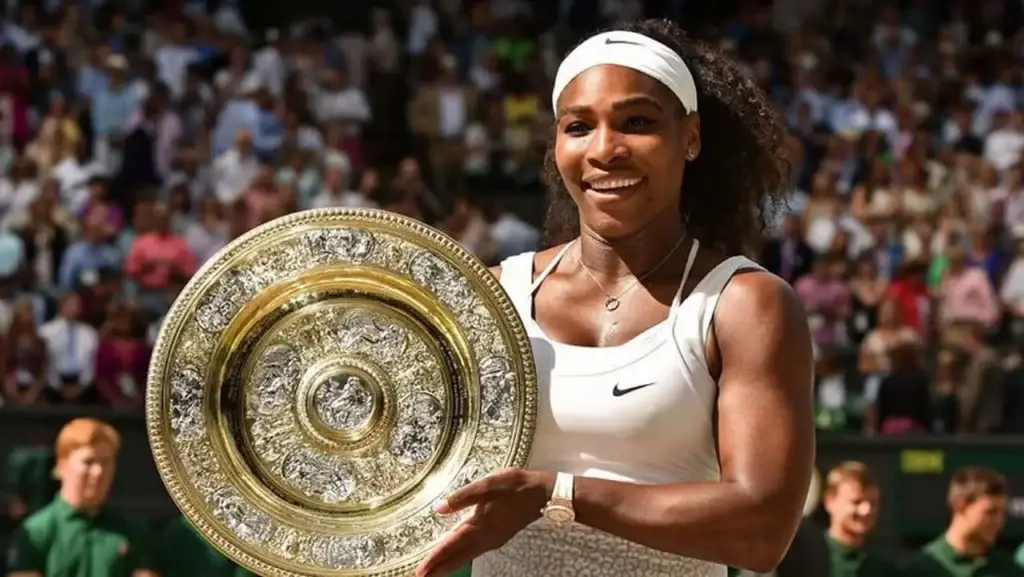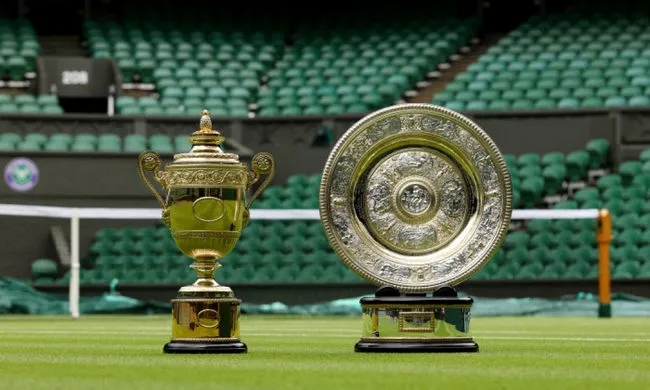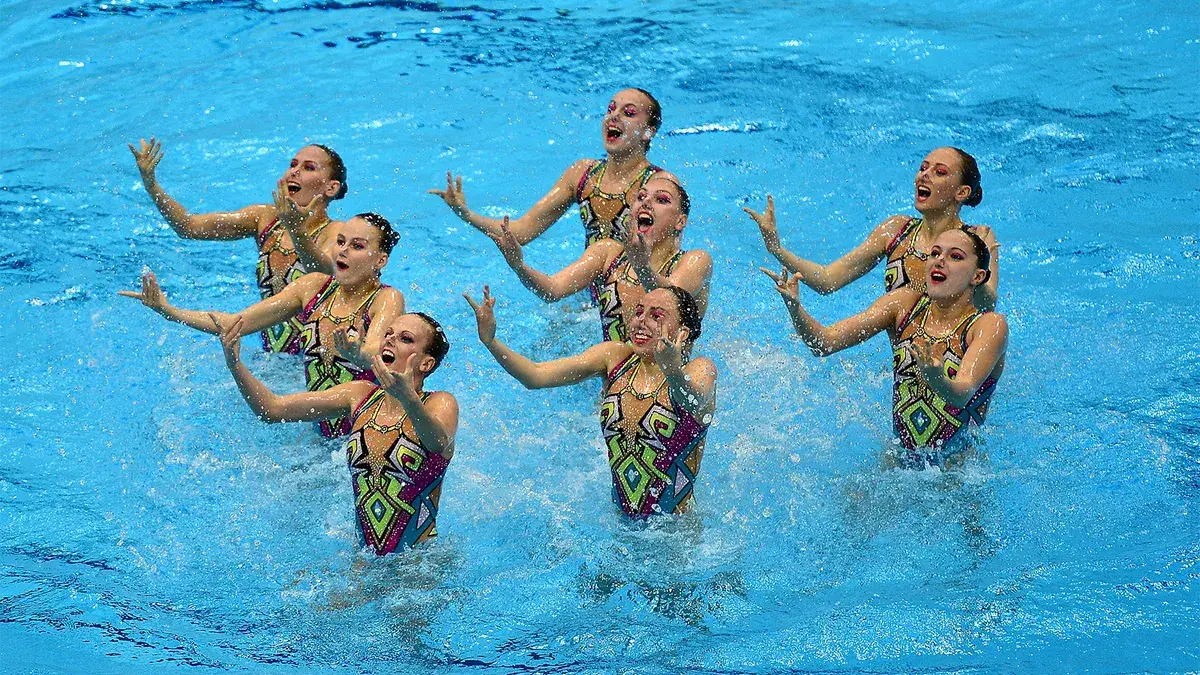Grand Slam tournaments are rightly considered the pinnacle of tennis. These tournaments have become the scene of the most exciting confrontations and triumphs, attracting the attention of millions of fans around the world. Each of the four tournaments embodies age-old traditions, unique conditions and an inimitable atmosphere. The history, court surfaces, rules and prize money make each event special and unique.
History of Grand Slam tournaments: from the first matches to legendary tennis victories
Every Grand Slam tennis tournament is a chronicle that began many years ago and continues to this day. Competitions have grown from local events for a small group of athletes to world-renowned events attracting billions of spectators. Homegrown traditions, records and legends have shaped the competition for decades.
Origins and evolution:
- Australian Open: The first tournament was held in 1905 as the Australasian Championships. Initially, the competition was played on grass courts in various cities in Australia and New Zealand. Since 1988, the championship has been held in Melbourne on modern hardcourt courts. Nowadays, the tournament opens the Grand Slam tennis season.
- Roland Garros (French Open): The tournament began in 1891 as a national championship. From 1925, it became an international event and moved to Paris’ famous clay courts. The clay requires incredible stamina and patience from the players and matches here can last 4-5 hours.
- Wimbledon Tournament: The oldest tennis tournament in the world, it began in London in 1877. Wimbledon is famous for its grass courts and strict traditions, including the mandatory code to wear white. Only here do you see a combination of Victorian style and modern sport.
- US Open: started in 1881 on the grass courts of Newport, the tournament has gone through several changes. In 1978, it moved to New York and the surface was replaced by hardcourt. This innovation added dynamism to the matches, making them faster and more entertaining.
Legendary winners and records
The history of Grand Slam tennis tournaments is rich with big names and incredible achievements. Among the best tennis players:
- Novak Djokovic is the record holder of 24 Grand Slam titles in men’s singles. The Serbian tennis player shows stability and unwavering mental preparation.
- Serena Williams is an American tennis player who has won 23 Grand Slam titles. Her powerful game and charisma have made her a symbol of women’s tennis.
- Roger Federer is a Wimbledon legend who has won eight times on London’s grass courts. His elegant style of play inspires millions of fans.
- Rafael Nadal is the unrivalled king of gravel with 14 wins at Roland Garros. The Spaniard is known for his phenomenal physical stamina and fighting spirit.
These athletes have contributed immensely to the development and popularisation of the discipline and have consistently set new standards of skill and perseverance.
How Grand Slam tournaments are organised – structure and format of tennis competitions
The competitions are strictly regulated and have a clear structure. Each tournament lasts two weeks and consists of several stages: qualification, main tournament and final.
Qualification:
- Takes place a week before the main tournament.
- Players who are not in the top 100 of the world rankings participate.
- The winners of the qualifiers earn the right to play in the main tournament.
Main tournament:
- There are 128 players competing in men’s and women’s singles.
- The competition starts with the first round, where each match becomes a test of stamina and skill.
Final matches:
- The semi-finals and finals take place on the centre courts of the tournament.
- The finalists compete for the championship title and a big cash prize.
- The atmosphere at each match is one of intense rivalry, with not only titles at stake, but also a place in the history of world tennis.
Grand Slam tournament court surfaces: unique features and impact on the game of tennis
 Each match takes place on a specific type of surface, which significantly influences the dynamics of the game and the tactics of the athletes. The ball’s bounce, speed of movement and physical effort are determined by the type of court.
Each match takes place on a specific type of surface, which significantly influences the dynamics of the game and the tactics of the athletes. The ball’s bounce, speed of movement and physical effort are determined by the type of court.
Australian and US Open Hard Surfaces
Hard is a synthetic surface consisting of several layers of acrylic laid on concrete or asphalt.
Australian Open:
- Indoor: ‘Greenset’, which gives average playing speed.
- Conditions: the high temperatures in Melbourne put additional physical strain on players.
- Tactics: Players with an aggressive game and a strong serve are at an advantage.
U.S. Open:
- Surface: ‘DecoTurf’ hard acrylic mat.
- Conditions: Fast game with low and stable ball bounce.
- Tactics: Strong hitters and attackers excel on this surface.
- The hardcourt combines elements of both grass and clay, making tournaments on this type of court dynamic and entertaining.
Roland Garros gravel
Klei is het langzaamste oppervlak van alle Grand Slam tennistoernooien. It is made of clay and limestone, which creates a high bounce and slows the ball down.
Features:
- Balls fly slower but bounce higher.
- Long matches where endurance and tactical flexibility are at the forefront.
Tactics:
- Players with a defensive style and excellent physical fitness dominate.
- Rafael Nadal is the best example of an athlete who has won many titles on this surface thanks to his perfect technique.
- Gravel courts require special patience and the ability to keep the ball in play for a long time.
Wimbledon grass courts
Grass is the classic surface on which the history of this discipline began. This type of court makes the game fast and unpredictable.
Characteristics:
- Low and fast bounce of the ball.
- Quick wearing surface that changes during the tournament.
Tactics:
- Players with powerful serve and quick access to the net are at an advantage.
- Success on grass requires perfect timing and reaction.
Wimbledon retains a long tradition in which grass and strict rules emphasise the elite nature of the competition.
Prize money Grand Slam tennis tournaments – Motivation and financial records
In addition to the prestigious title, the competitions attract attention with solid prize money. Every year, organisers increase payouts to motivate athletes to excel.
Australian Open:
- Total prize money in 2024: $76.5 million.
- The individual winner will receive about $2.1 million.
Roland Garros:
- Total prize money: $54.6 million.
- Champions will receive about $2.3 million.
Wimbledon:
- Total prize money: $50 million.
- The winner receives $2.4 million.
US Open:
- Total prize money: $65 million.
- Champions receive $3 million.
How the prize money is distributed
The prize money is distributed to the winners of the event.
- Players eliminated in the first round receive between $50,000 and $75,000.
- Semi-finalists earn around $500,000.
- A win in doubles earns about $600,000 per pair.
Conclusion
 Grand Slam tennis tournaments are a combination of tradition, high expectations and lively emotions. Each event offers players the chance to write their name in the history of world sport. The different surfaces, structure and prestige make these tournaments the most important of tennis careers.
Grand Slam tennis tournaments are a combination of tradition, high expectations and lively emotions. Each event offers players the chance to write their name in the history of world sport. The different surfaces, structure and prestige make these tournaments the most important of tennis careers.
 en
en  ru
ru  de
de  ar
ar  es
es  nl
nl  hi
hi  fr
fr  it
it  pt
pt  el
el 


